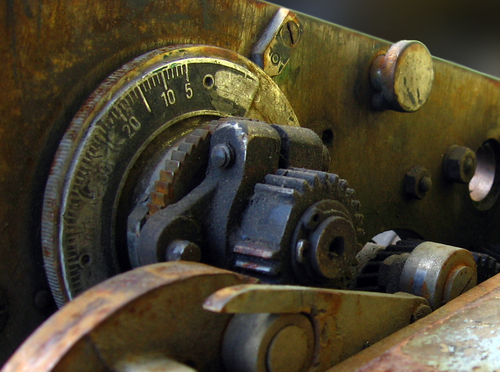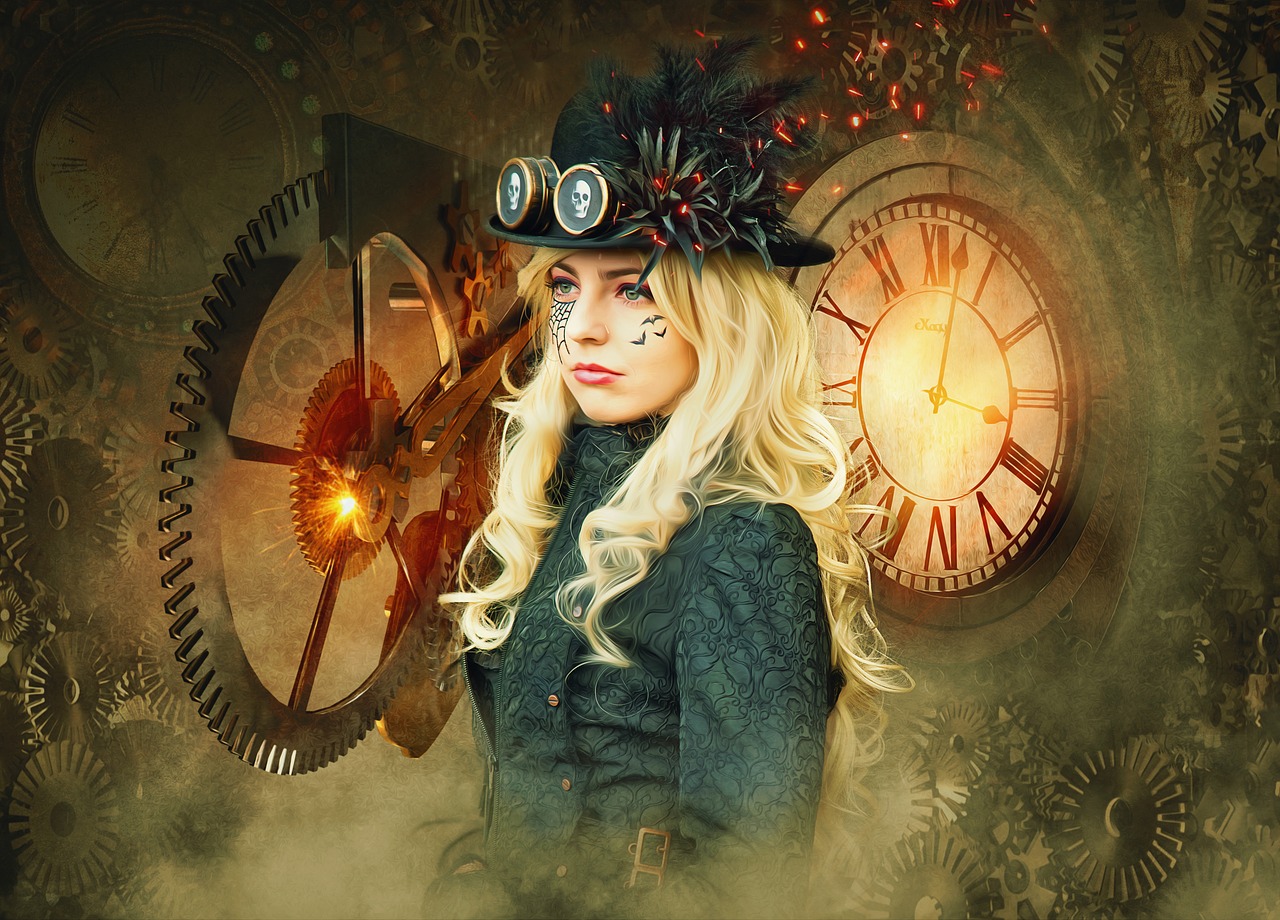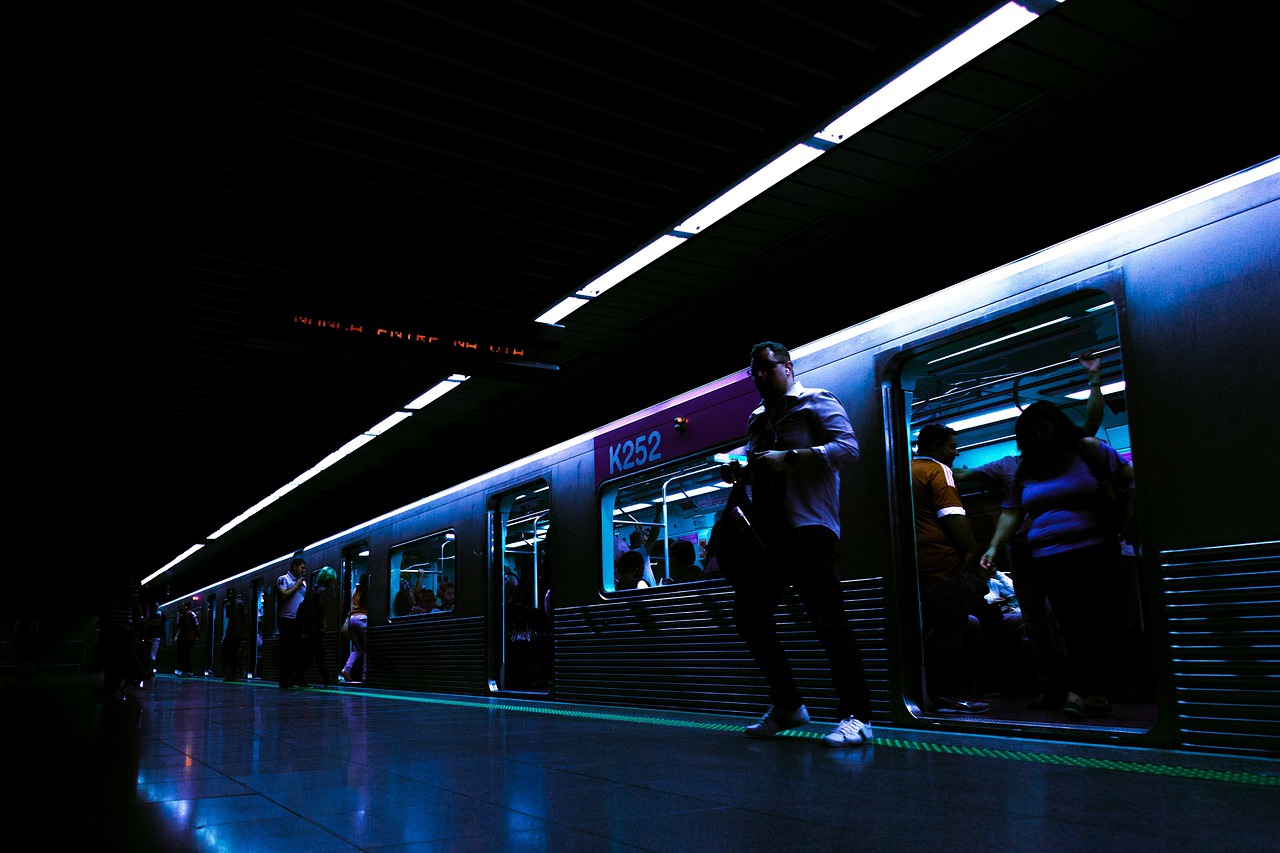Steampunk, that wonderfully evocative genre where Victorian sensibilities collide with retrofuturistic technology (imagining the future from a past era’s perspective), owes its very soul to the roaring heart of the 19th century: the Industrial Revolution. It’s a world built on brass, powered by steam, and imagined through the lens of an era defined by mechanical marvels. To truly understand steampunk, we must delve into the engine rooms of history, exploring how the tangible machinery of the Industrial Revolution didn’t just inspire, but fundamentally forged its unique and enduring aesthetic.
The engine room of inspiration Steam, steel, and Victorian ingenuity
The Industrial Revolution wasn’t merely a backdrop for steampunk; it’s the historical bedrock upon which the entire genre is constructed. This era, particularly the Victorian period (1837-1901), witnessed a seismic shift from agrarian life to urban industrial landscapes, all driven by the transformative power of steam. Factories rose, belching smoke and progress, fundamentally altering society, work, and daily life, as detailed in guides offering insights into writing Steampunk. The steam engine, in its myriad forms, became the symbol of this age – a potent mix of raw power, intricate engineering, and relentless innovation. Steampunk seizes this potent symbol, exploring alternative histories where steam power, rather than oil or electricity, remained the dominant force, leading to fantastical technological pathways built on steam and clockwork, as outlined in discussions of core Steampunk elements. The very term ‘steampunk’ highlights this centrality, grounding its speculative visions in the tangible reality of steam-driven mechanics.
It’s the specific components of this industrial machinery that provide steampunk with its most recognizable visual vocabulary. Think of the exposed gears meshing with intricate precision, the gleaming pistons driving unseen forces, the network of copper pipes carrying vital steam, the pressure gauges hinting at contained power, and the robust valves controlling mechanical behemoths. These weren’t just functional parts; they represented a new kind of beauty – the beauty of the machine, of visible workings, and human ingenuity made manifest in metal, a concept central to Steampunk interior design. Steampunk artists and designers isolate these elements, celebrating their forms and incorporating them into everything from fashion accessories to elaborate fictional contraptions, often exaggerating their complexity and scale, which is a key feature of the Steampunk aesthetic. This fascination with the ‘inner workings’ – the mechanics laid bare – is a direct inheritance from the transparent functionality often seen in Industrial Revolution engineering, transforming utilitarian components into deliberate artistic statements.
Material matters The palette of progress and patina
The materials that built the Industrial Revolution are the very same that colour the world of steampunk. Brass, copper, iron, and steel – metals essential for constructing engines, railways, bridges, and factory equipment – lend steampunk its characteristic metallic sheen and sense of robust construction, frequently seen in Steampunk fashion elements like goggles and embellished clothing. These are often paired with rich, dark woods, reminiscent of Victorian furniture and workshops, and sturdy leather, evoking protective gear, upholstery, and adventurers’ accoutrements. This palette isn’t just about historical accuracy; it’s about conveying a specific feeling – the weight of industry, the gleam of invention, and the tactile reality of a world built by hand and machine. Exposed brickwork and rough-hewn timber, common in factory settings and highlighted in discussions of industrial design, also find their way into steampunk environments, grounding the fantastical elements in a believable industrial context.
Beyond the raw materials, steampunk often embraces the aesthetic of age and use. Unlike the sleek, sterile futures often depicted in science fiction, steampunk technology frequently features patina (a surface change from age and exposure), verdigris (the greenish coating on aged copper or brass), and signs of wear. Furniture might look ‘roughed-up’ or ‘lived-in’, machinery appears well-oiled and functional, perhaps even repaired or modified over time, adding character much like the elements celebrated in industrial decor ideas. This appreciation for imperfection and history connects to the idea of repurposing and invention central to the genre. It reflects the reality of industrial equipment – machines built to last, to be maintained, and sometimes ingeniously adapted. This ethos fuels the vibrant DIY culture within steampunk, where enthusiasts modify modern gadgets or create new objects from salvaged industrial parts, celebrating the resourcefulness inherent in the machine age.
Function meets flourish The Victorian touch on industrial might
A fascinating aspect of the Victorian era was its tendency to apply ornate decoration even to the most utilitarian and industrial structures. This wasn’t an age that shied away from embellishment. As documented in historical records like Victorian ornamental design archives, even mass-produced goods often featured intricate patterns and detailed ornamentation, made possible by new industrial manufacturing techniques like cast ironwork and machine printing. A stunning real-world example is the Crossness Pumping Station in London, a marvel of Victorian engineering where powerful beam engines are housed within a structure adorned with elaborate cast ironwork, described by visitors as showcasing incredible ‘Victorian splendour’. This blend of heavy-duty function and decorative flourish is absolutely central to the steampunk aesthetic. It revels in the juxtaposition of robust, powerful machinery with elegant, intricate designs inspired by Victorian art and architecture, echoing the ‘more is more’ philosophy seen in Victorian interior design.
This fusion manifests beautifully across various steampunk expressions. In fashion, practical items like goggles or sturdy boots are often embellished with brass filigree or gear motifs. Corsets, originally undergarments, are reimagined as outer armour, crafted from tooled leather and accented with buckles and chains. In decorative arts, furniture might combine riveted metal frames with plush velvet upholstery, while lamps incorporate exposed pipes and Edison bulbs alongside elegant stained glass, as seen in Steampunk decorative arts. Think of clocks with visible, complex gear trains housed in ornately carved wooden cases, or writing desks equipped with brass gauges and intricate mechanical drawers. It’s this dialogue between the machine and the drawing-room, the functional and the fanciful, that gives steampunk its unique visual richness, transforming industrial elements into decorative art.
Echoes in architecture and atmosphere Building steampunk worlds
The very architecture of the Industrial Revolution provides the quintessential stage for steampunk narratives. Factories, warehouses, mills, and railway stations, designed primarily for function, possessed a distinct aesthetic born from their construction methods and materials. Features like exposed brick walls, soaring ceilings supported by cast-iron columns, large arched windows, visible ductwork, and networks of pipes define the industrial architectural style. These spaces, often repurposed today as lofts or studios, offer a blueprint for steampunk environments, evoking a sense of scale, history, and mechanical possibility. Steampunk designers and world-builders draw heavily on this architectural language to create settings that feel both historically grounded and imaginatively expansive, reflecting the raw, functional beauty of industrial spaces.
Beyond the visual structures, the atmosphere of the industrial age is crucial. Steampunk seeks to capture the sensory experience of a world powered by steam. This includes the hiss and clank of machinery, the rhythmic chugging of engines, the glow of furnaces, the smell of coal smoke and oil, and the tangible presence of steam itself. Experiencing a preserved steam railway, like the historic Puffing Billy Railway in Australia, offers a direct connection to this sensory world – the ‘authentic sights, smells, and sounds’ that steampunk aims to evoke. This immersive quality, blending the visual impact of industrial machinery with its characteristic sounds and smells, is key to creating believable and captivating steampunk settings. It transports us to an alternative past where the Age of Steam never truly ended, making the aesthetic influence of these machines palpable.
From blueprints to brass goggles The enduring legacy
The machinery of the Industrial Revolution remains the core inspiration, the inexhaustible wellspring from which steampunk draws its power, even as the genre continues to evolve. Literary works often extrapolate directly from historical technology – William Gibson and Bruce Sterling’s ‘The Difference Engine’ imagined a Victorian information age powered by Charles Babbage’s mechanical computers, while Philip Reeve’s ‘Mortal Engines’ series features entire cities transformed into colossal, mobile machines. These narratives demonstrate the enduring imaginative potential unlocked by reimagining the trajectory of 19th-century technology. For creators, understanding the historical context – the actual capabilities and aesthetics of Victorian engineering – remains vital for building convincing and engaging steampunk worlds.
Ultimately, the influence of Industrial Revolution machinery on the steampunk aesthetic is profound and inseparable. It’s more than just a collection of visual tropes like gears and goggles; it’s a deep engagement with a pivotal moment in human history defined by technological upheaval and boundless invention. Steampunk creators act as imaginative engineers, taking the blueprints of the past and constructing new realities, constantly asking ‘what if?’ The raw power of the steam engine, the intricate beauty of clockwork, the robust utility of industrial materials, and the ornate flair of Victorian design all converge to create a genre that celebrates the machine, not just as a tool, but as a powerful symbol of human creativity and the enduring romance of a future powered by the past.




